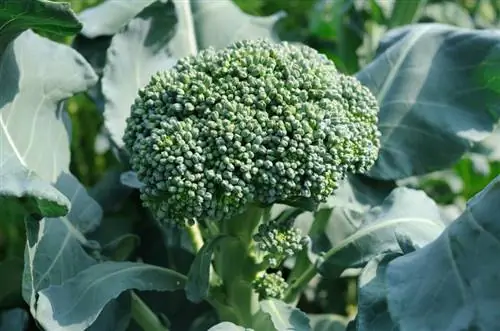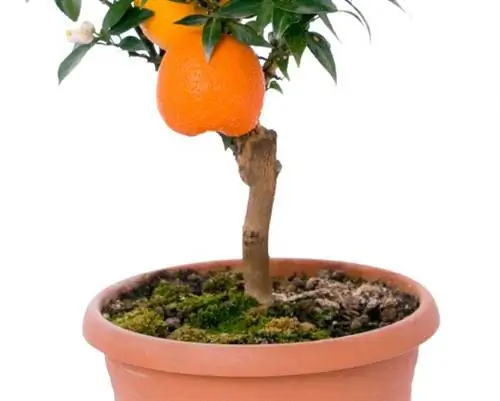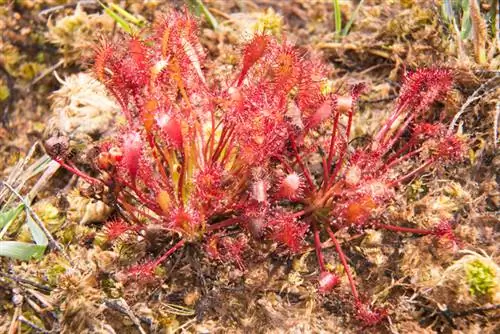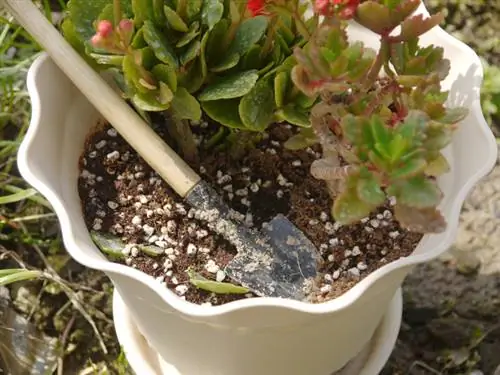- Author admin [email protected].
- Public 2023-12-16 16:46.
- Last modified 2025-01-23 11:20.
Most species of carnivorous plants develop only a few roots. They can grow in one location for a very long time. However, you should repot carnivores once a year. What you need to consider when repotting.
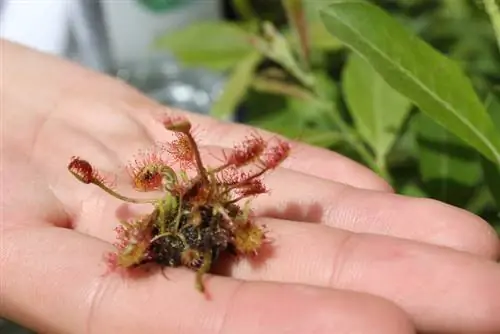
How do you repot carnivorous plants?
Repotting carnivorous plants is ideally done in spring. Use special carnivore soil and make sure pots are large enough with drainage holes. Remove old substrate, cut off dead parts of the plant and carefully place the plant in the new substrate.
Why annual repotting is important
The ideal substrate for carnivores is a mixture of peat, quartz, pebbles and expanded clay. The peat decomposes over time and therefore loses its ability to store water. In addition, the nutrients are used up after a few months.
Even though most carnivorous plants do not grow so quickly and the pot therefore does not become too small, it is important to plant the plants in fresh substrate.
Pitcher plants and pitcher plants are fast-growing species that can become quite large. When repotting annually, you should always check whether these varieties require a larger planter.
The best time to repot carnivores
The best time to repot your carnivores is early spring, late February to early March.
Provide planters that have a large drainage hole. The pots should have a diameter approximately equal to the height of the plant.
Never repot carnivorous plants in normal soil
Never plant your carnivores in regular garden soil. This is way too nutritious. It can also hardly retain moisture and is not loose enough.
Carnivore soil (€9.00 on Amazon), which you can get from garden shops, is suitable as soil for carnivorous plants. Alternatively, you can also use lightly fertilized orchid soil, but you should also mix it with polystyrene balls and gravel.
Experts on carnivorous plants put together the substrate themselves from peat (white peat), quartz sand, pebbles, Styrofoam balls and coconut fiber.
How to repot carnivores
- Carefully remove the plant from the container
- remove old substrate completely
- cut off dead plant parts if necessary
- add new substrate to the pot
- moisten well
- Insert carnivores carefully
- Fill pot with substrate
Tip
If your carnivorous plants have become too large for the current pot, simply propagate them by division. To do this, the carnivores must be divided with a knife or simply plucked apart.


